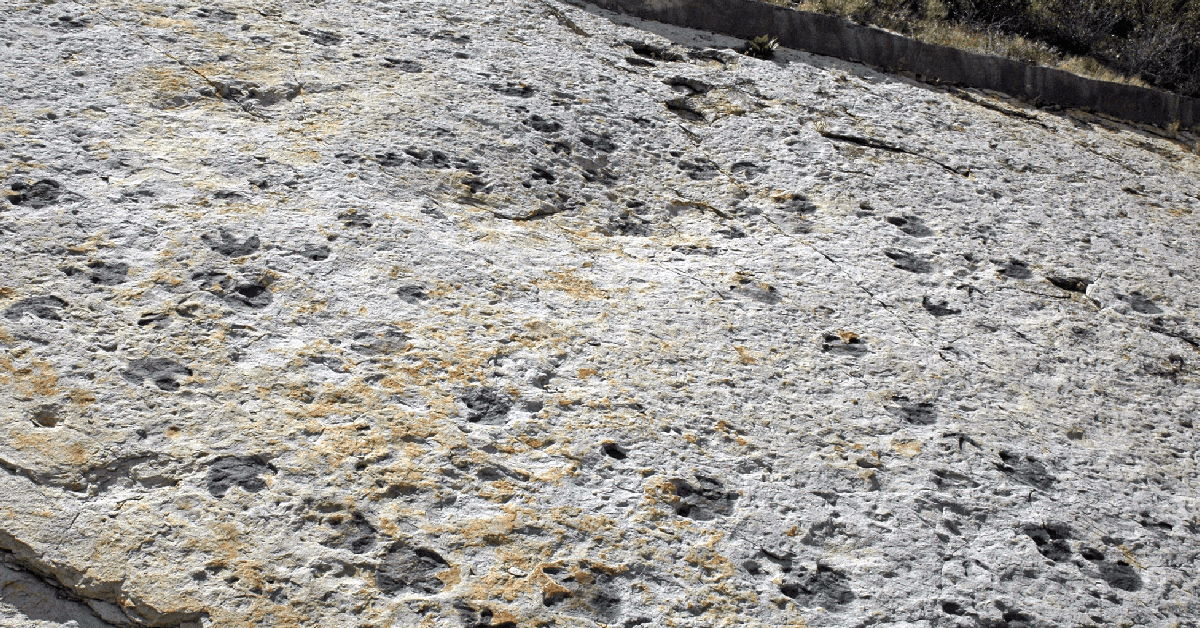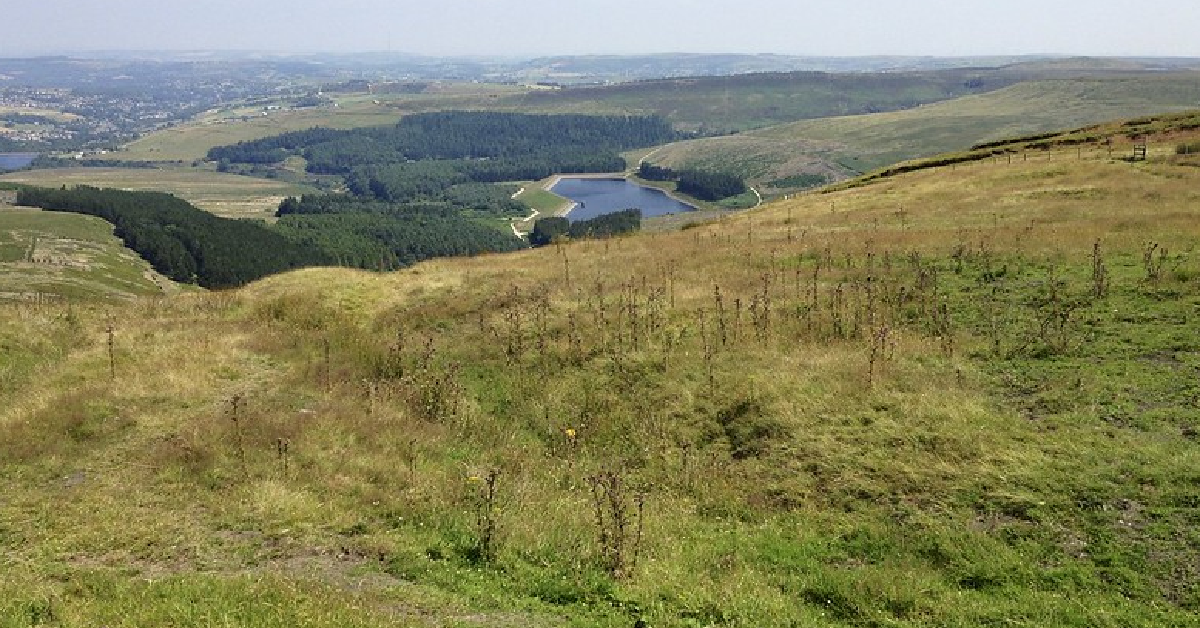Archeologists Discover Record-Breaking Dinosaur Footprint In The U.K.
It’s believed the massive footprint belonged to a carnivorous tridactyl.
Cue the “Jurassic Park” theme song! While dinosaurs have long been extinct, we still have a fascination with the beasts that once roamed the earth, perhaps because we’re still finding traces of their existence even all these years later.
Now, researchers from the University of Manchester have made an incredible discovery: a dinosaur’s footprint that is over three feet long! The large footprint once belonged to the carnivorous tridactyl.

This new discovery was found in the Yorkshire region of the UK, and it is believed to be 166 million years old, making it a relic of the Jurassic period. According to a university press release, they were found by archeologist Mary Woods, who contacted the university’s fossil experts. Needless to say, they were shocked by what she’d found.
Speaking of her discovery, Woods said, “I couldn’t believe what I was looking at, I had to do a double take. I have seen a few smaller prints when out with friends, but nothing like this. I can no longer say that ‘archaeologists don’t do dinosaurs.’ At the time of the discovery, it generated a lot of public interest and I was overwhelmed with the messages on social media from people around the globe.”

Based on the prints, scientists are led to believe that the dinosaur was in a crouched position when the footprints were made.
According to the press release, Dean Lomax, a school of earth, atmospheric and environmental sciences researcher at the University of Manchester, stated, “This is a wonderful find. Not only does this specimen represent the largest theropod footprint found in Yorkshire, but by studying the angle of the footprint, its shape, and the impressions of the claws, the fossil provides insights into the behavior of this individual from around 166 million years ago. In fact, features of the footprint may even suggest that this large predator was squatting down before standing up.”

As explained by the UK’s Natural History Museum, dinosaur footprints were formed in the same manner as human footprints by walking across soft terrain such as mud. And if these are exposed to the sun long enough, they will harden and turn into a fossil.
How fascinating, right? What do you think of this find? Have you ever seen a fossil before? Let us know!
SKM: below-content placeholderWhizzco for DOT

